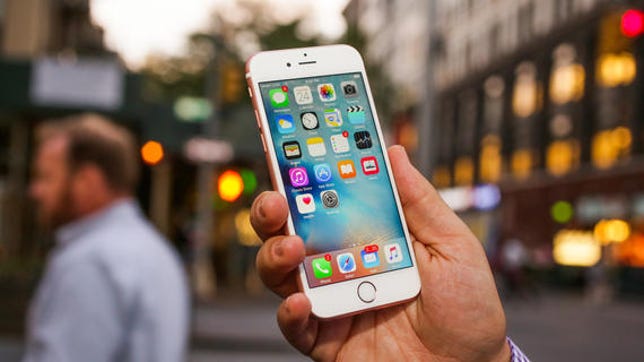The era of $200 smartphones with two-year contracts has ended.

You can take a moment to mourn this milestone. But could this actually be a good thing for you? The surprising answer is yes.
First, let me explain what just happened. This past week AT&T and Sprint joined T-Mobile and Verizon in eliminating two-year service plans and phone subsidies. If you’re a current Sprint customer, you can renew your contract and get another subsidy, but new customers have to sign up on either the Sprint Lease plan or the Sprint Easy Pay plan. Meanwhile, AT&T says it will no longer offer two-year contracts to anyone who isn’t on a business account.
Now no carrier offers a contract plan. Instead, when you buy that fancy new phone, regardless of carrier, you’ll end up paying on some sort of monthly installment plan. Even Apple began offering an upgrade program in September.
Dear Maggie,
I can’t find a phone contract from any of the carriers. Are consumers getting the shaft?
Thanks,Skeptical Cell Phone Slinger
Dear Skeptical,
It’s wise to be like you — skeptical — when a large carrier makes a big change in its pricing policy. You can bet your bippy that any changes it makes won’t significantly lower the cost of its mobile service. But thanks to pressure from Sprint and T-Mobile, the wireless market is pretty competitive, and that’s kept prices in check, especially among big carriers like AT&T and Verizon.


Subsidies for smartphones are now gone, as all four major wireless operators in the US have done away with two-year contract plans.
Sarah Tew/CNET
But when you run the numbers comparing the old contract plans and the new device installment plans, you’ll find the costs are strikingly similar.
Under AT&T’s contract plan, a customer buying a new iPhone 6S on a two-year contract would pay about $98 a month for 5GB of data, once you factor in the $200 down payment for the phone. The same customer with the same phone and service plan under AT&T’s Next 24-month plan would pay about $97 a month.
You can save a lot of money, though, when you bring your own device to the AT&T service. In this case, a no-contract plan sets you back only $75 a month.
Consumer advocates say it’s also better for customers in the long run to move away from carrier contracts. That’s because customers were never really getting a new iPhone or Galaxy smartphone for $200. The actual cost of these devices, around $650, was bundled into their monthly service charges.
“Taking a device subsidy with a two-year contract was like taking a loan, but never being told the terms of the loan,” said Matt Wood, policy director at the advocacy group Free Press.
Under these old plans, there was also no incentive to keep your phone for longer than the two-year contract period. Customers who did keep their phones longer were actually penalized for it because they still paid the same monthly fee even though they’d paid off the phone.


This table shows that customers pay either less or roughly the same monthly amount on plans that don’t require a contract and don’t come with a device subsidy as compared with AT&T’s now defunct two-year contract plans.
“The financing model for phones is much better than the subsidy model, for transparency reasons,” said John Bergmayer, senior staff attorney for the advocacy group Public Knowledge. The new model is also “fairer to customers who don’t get the most expensive phone,” he said.
Of course, you do still have to pay off your new phone, just as you’d have to pay off or lease a new car. That fact does tend to keep you with the carrier during the life of the installment plan, since you’d otherwise have to pay the full price in one big chunk. But there’s no separate obligation beyond the cost of the device. Both Wood and Bergmayer say this is a good thing.
“Compare this to the home broadband and cable market, where there is no subsidized equipment,” Bergmayer said. “You typically pay a rental fee, or in some cases you provide your own equipment, and yet contracts hang on.”
Wood added that he thinks the new phone-buying model gives consumers more choice to move around.
“If you’re not locked in,” he said, “it’s possible to make smarter and more-frequent decisions.”
Ask Maggie is an advice column that answers readers’ wireless and broadband questions. If you have a question, I’d love to hear from you. Please send me an e-mail at maggie dot reardon at cbs dot com. And please put “Ask Maggie” in the subject header. You can also follow me on Facebook on my Ask Maggie page.



